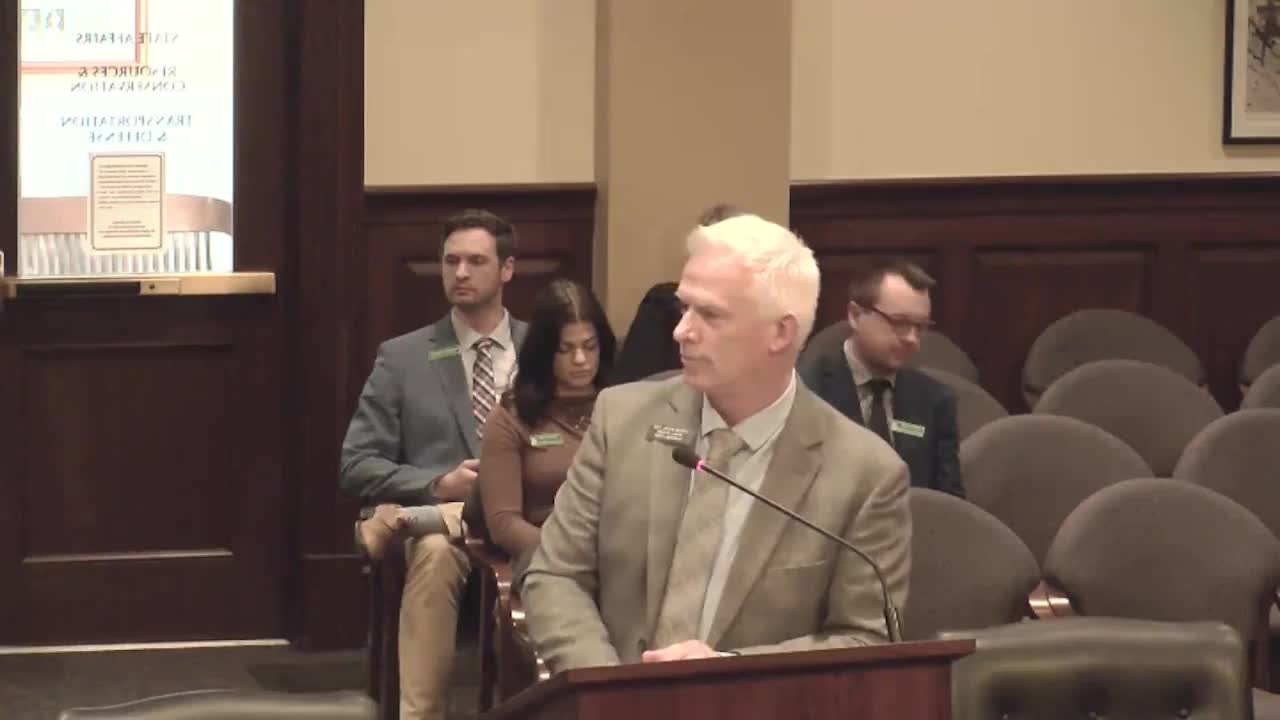
This article was created by AI using a video recording of the meeting. It summarizes the key points discussed, but for full details and context, please refer to the video of the full meeting. Link to Full Meeting
However, the conversation took a turn when Representative Harris shared a personal anecdote about a tragic incident involving escaped inmates, highlighting the importance of license plate readers in enhancing public safety. He expressed support for the use of such technology, provided it is regulated to prevent misuse. This sentiment was echoed by other representatives, who acknowledged the benefits of automated license plate readers in solving crimes, while also expressing concerns about the implications of removing the front plate.
Despite the support for technological advancements, some representatives, including Representative Clow, voiced their opposition to eliminating the front license plate, citing the Idaho Sheriff’s Association's stance on the matter. Clow emphasized the necessity of maintaining the front plate for law enforcement purposes, despite recognizing the value of license plate readers.
The discussion also touched on innovative alternatives, such as the idea of using decals instead of traditional metal plates, which could offer a modern solution to the front plate issue. Representative Handy shared his experience with a removable front plate and suggested exploring this option further.
As the committee continues to deliberate on this topic, the outcome could significantly impact Idaho residents, balancing the need for regulation with the desire for modernization and cost savings. The next steps will involve further discussions and potential revisions to the proposed legislation, as lawmakers seek to address both public safety and the concerns of their constituents.
Converted from House Transportation & Defense March 28, 2025 meeting on March 28, 2025
Link to Full Meeting
Comments
View full meeting
This article is based on a recent meeting—watch the full video and explore the complete transcript for deeper insights into the discussion.
View full meeting